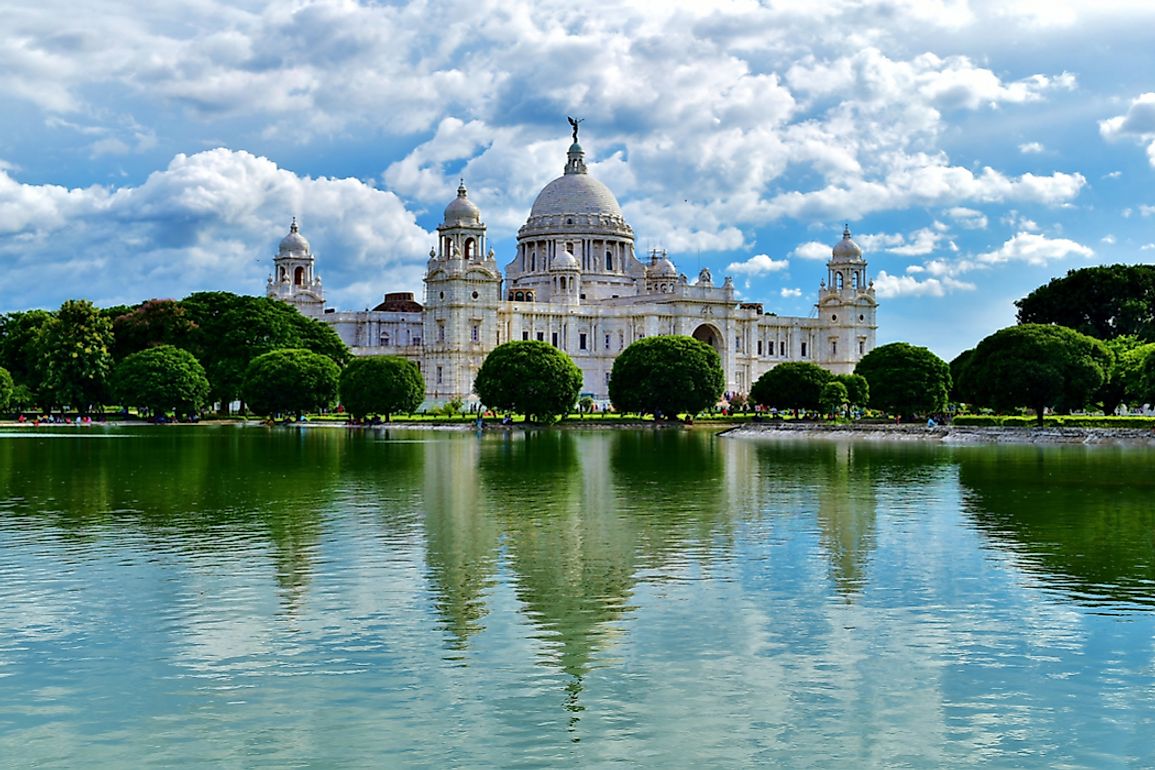What was a Dominion?

Dominion refers to the right of controlling and governing. In medieval times, a dominion was a country that was independent but controlled by the British Empire. Dominions existed in the period before 1939. The dominions were all equal in status and were autonomous communities. They all pledged their allegiance to the Crown and as such were members of the British Commonwealth Nations. Examples of dominions within the British Empire included Canada, the Union of South Africa, and New Zealand. In the year 1947, the use of the term “dominions” ceased. In some quarters the term felt like a form of subordination. Consequently, the nations adopted the name “members of the Commonwealth.” Upon acquiring their new status, these countries began enjoying full Commonwealth membership. Also, the British monarch ceased to be their Sovereign.
Characteristics of Dominions
All dominions had to possess complete legislative authority as per the Statute of Westminster 1931 and the executive sphere. Secondly, the ministers had a right to direct access to the Sovereign which enabled them to transact dominion matters with the monarch. Thirdly, the dominions must have achieved self-rule before their status as dominions.
The phrase “Her/His Majesty's dominions” is a legal and constitutional term used to refer to all the territories and realms of the Sovereign. The use of the term “His/Her Majesty” was similar to both the independent dominions as well as the ones that were not independent. For instance, in its declaration of the independence of the territories, the United Kingdom Act stated that they “shall form part of Her Majesty’s dominions.” Subsequently, the Queen would exercise sovereignty, rather than suzerainty over such dominions.
Examples of Dominions
Some of the dominions were Australia, Canada, India, and Pakistan among others.
The Dominion of Australia
By 1856, four of Australia’s colonies, namely South Wales, Tasmania, South Wales, and Victoria had already attained self-rule. However, it took Queensland up to 1859 to achieve self-governance due to continued financial reliance on Britain. Afterwards, all the five Australian colonies voted to unite and came under the rule of the British Crown. Consequently, in 1901 they became the Commonwealth of Australia according to the Commonwealth of Australia Constitution Act. With the signing of the Balfour Declaration of 1926, Australia became a co-equal with the British government and other Dominion governments as opposed to being a subordinate. In 1930, the then Australian Prime Minister, James Scullin, advised the monarch to appoint a native-born Governor General. King George V, heeding this call, appointed the first native Australian Governor called Sir Isaac Isaacs. The governments of the Australian colonies retained the links to the UK until 1986 following the passing of the Australia Act. Today, Australia is under the constitutional monarchy government.
The Dominion of Canada
Canada took on the name “Dominion of Canada” in 1867. The general use of the term in the country was similar to its application to the other autonomous regions of the British Empire after 1907. The status of Canada as a dominion ended in 1939 by their action of separately joining the war on Germany. The UK had declared war six days earlier. Later on in the 1950s, the federal government of Canada began phasing out the use of the word “Dominion.” Before 1982, Canada’s constitution was an act of the British Parliament. Therefore, only the British Parliament could make any changes. One of the final major changes regarding the use of the word “dominion” in Canada was in 1982. Its national holiday changed from Dominion Day to Canada Day. Today, the type of government in Canada is the constitutional monarchy.
The Indian and Pakistan Dominions
In as much as India attained a responsible government status in 1909, its first Parliament met in 1919. The British Empire deliberated on making India one of its dominions in 1930. However, the Sovereign hesitated because of two reasons. First, the Indian politicians could not be trusted. Secondly, there had been increasing tension between Muslims and Hindus at the time. Before India’s independence in 1947, Pakistan seceded from India. India and Pakistan earned their dominion status then. However, India ceased to be a dominion when it transformed into a new republican constitution in 1950. On the other hand, Pakistan remained a dominion until it became the Islamic Republic in 1956.
The Difference Between A Dominion and A Colony
A significant difference between dominions and colonies was that dominions were British colonies which achieved a degree of independence. On the contrary, colonies were not necessarily under British rule. Apart from Britain, other colonial rulers were France, Portugal, Germany, and Spain among others. Another difference is that a dominion refers to a land owned by another nation but with an autonomous government. However, a colony relates to a country that retains its ties with the parent state for governance.











